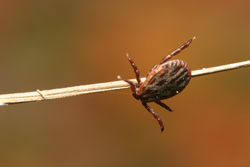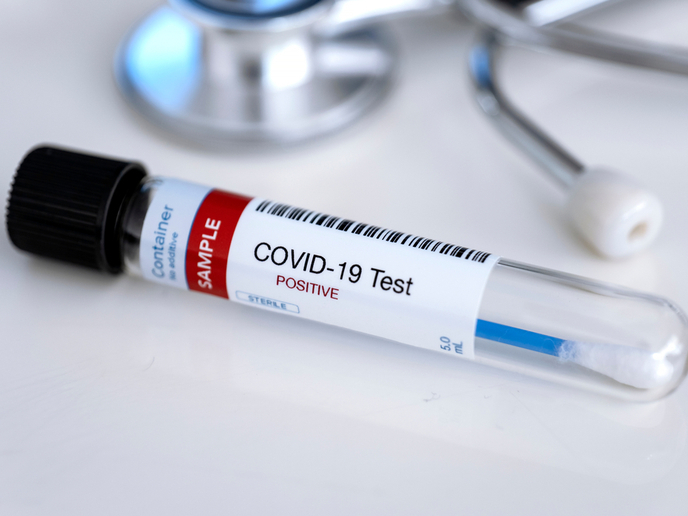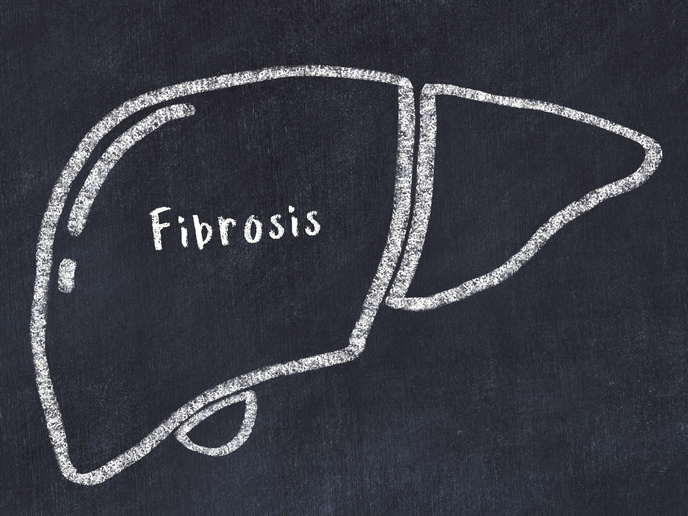Understanding tick-borne disease
Organisms, such as ticks, which transmit parasitic organisms to a host, are known as 'vectors'. The Coseatibo project has investigated host specialisation in vectors to understand how these creatures influence disease transmission, spread, and the evolution of the parasite. Researchers have studied two sorts of ticks found in sea birds that can transmit pathogens through their bite. The bacteria are of the genus Borrelia, which cause Lyme disease and relapsing fever in humans. The Coseatibo initiative will therefore provide valuable information about the role of seabirds in the large-scale spread of such disease. Scientists have found that the genetic diversity of the tropical seabird tick (Ornithodoros capensis) is greater than expected. The technique used enabled several similar species to be identified within a single location. Results showed that at the local level host specialisation may play an important role in the diversification of tick species. Project partners have sought to answer a number of questions, including how readily ticks adapt to their host environments. Researchers have also studied the importance of the tick vector compared to the host in the evolution and spread of vector-borne diseases. Genetic diversity and population structure of marine Borrelia bacteria have also been studied in different seabirds in a range of geographic locations. This has enabled researchers to gain a better understanding of the pathogen′s diversity, evolution and interaction with terrestrial disease systems. Findings by the Coseatibo project have provided scientists with a better understanding of the co-evolution of tick vectors and their pathogens in seabirds. This will provide valuable information regarding the spread of Lyme disease and relapsing fever through a route that previously has not been widely documented.







